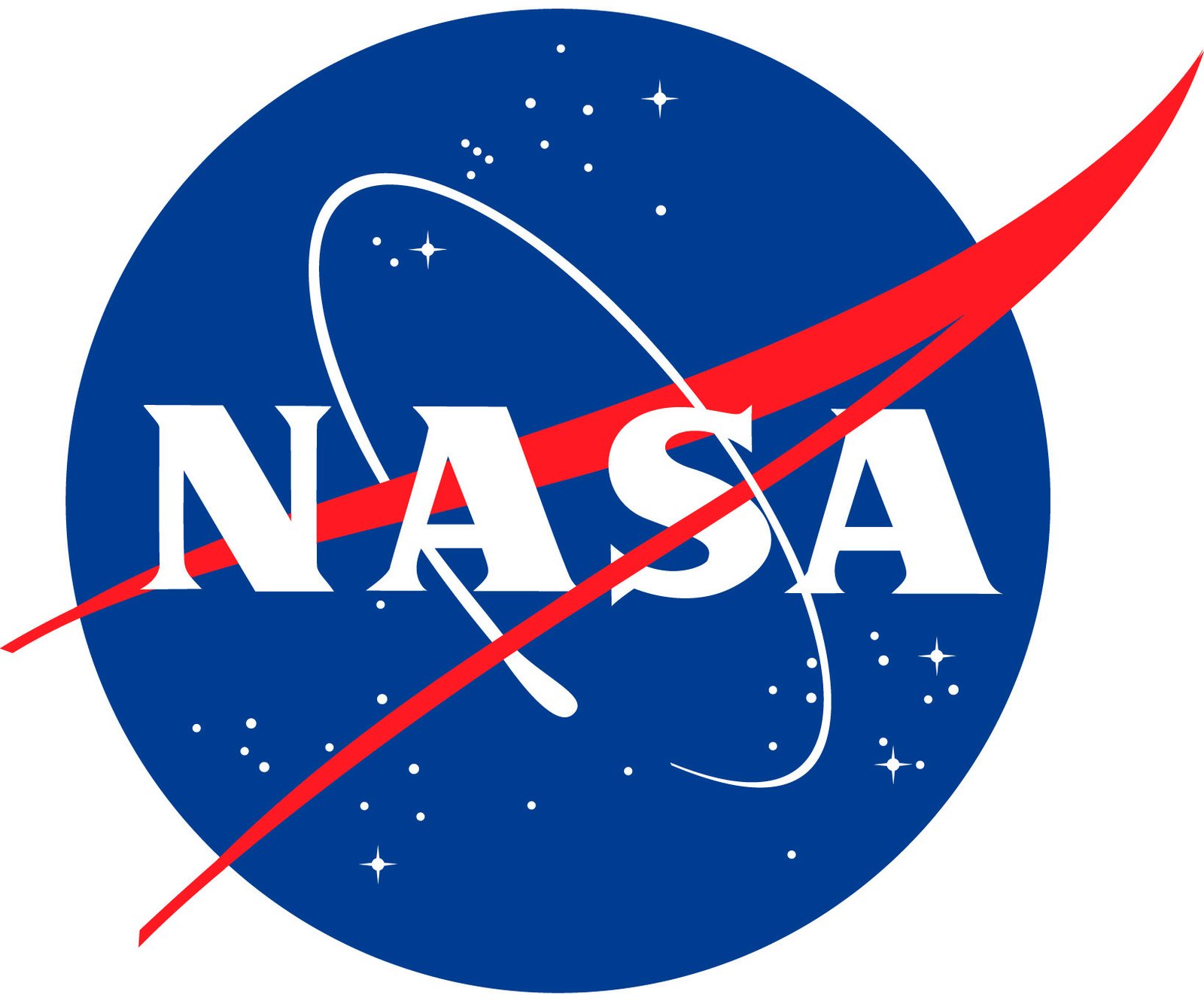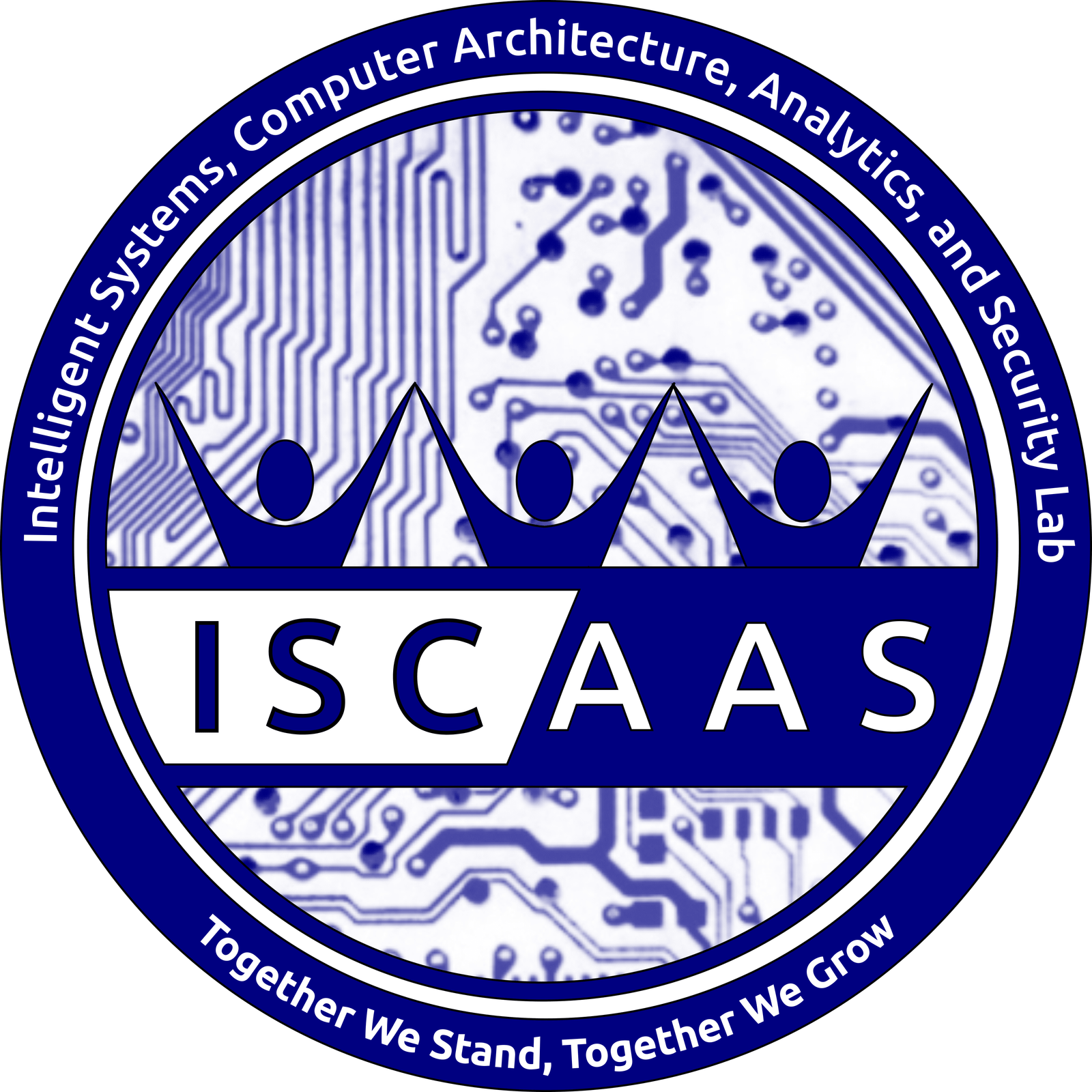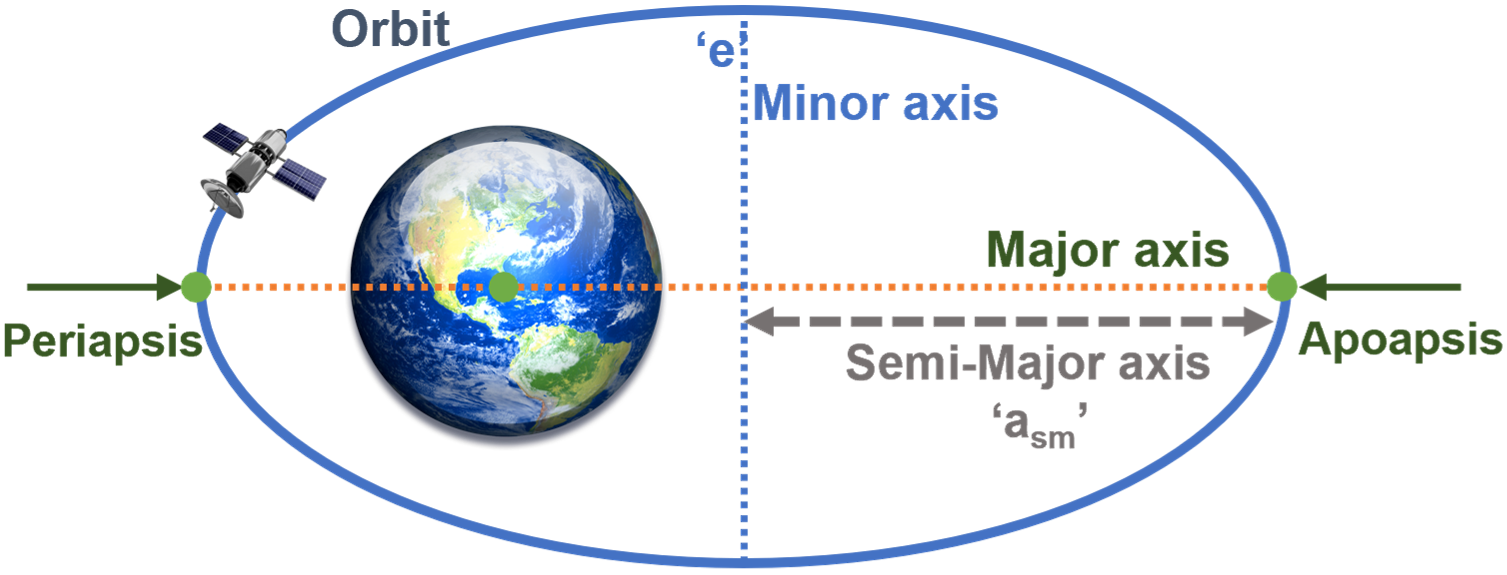
Artificial Intelligence-Assisted Spacecraft Trajectory Optimization And Planning
Duration: August 15, 2020 – June 30, 2024
Total Award Amount: $750,000
Investigator(s): Arslan Munir (KSU), Atri Dutta (WSU), James Steck (WSU), Craig McLaughlin (KU)
Sponsor: National Aeronautics and Space Administration (NASA)
Award Abstract
Spacecraft trajectory optimization is a critical aspect of space mission analysis. In recent years, there has been an increased interest within NASA in applying machine-learning algorithms to improve the performance of trajectory optimization solvers. Optimization of trajectories for spacecraft employing solar-electric propulsion is a challenging problem because it requires the solution of a nonlinear, non-convex mathematical programming problem. This problem is even more complicated when the spacecraft is located close to a planetary body. First, the low-thrust propulsion system provides a small acceleration relative to the local gravitational acceleration, making the transfer long and complex. Second, the presence of the planets shadow prohibits thrust generation by electric thrusters, thereby making the transfer multi-phase. Third, gravitationally trapped radiation degrades the spacecraft solar array that powers the electric thrusters.
This project targets development of a new, machine-learning assisted optimization tool for on-ground mission design. The automated, fast and robust nature of the proposed methodologies makes the tool suitable for onboard implementation as well. The architecture of the proposed software allows for sequential progression of fidelity by incorporating increasingly rigorous force models at different levels of trajectory optimization; this facilitates the improvement of lower-fidelity solutions, while simultaneously managing the computational complexity of the underlying problem in an automated manner. Proposed modular architecture allows for application of the proposed software in two different settings, such as preliminary mission analysis by ground personnel and onboard mission planning. The overall trajectory design is modelled as a two-level process, with the low-level trajectory optimization phase, and a high-level planning that allows for the application of machine learning techniques to trajectory optimization. The project plans to incorporate the following innovations: using dynamical coordinates in trajectory optimization, a modified state observer to estimate unmodeled acceleration, and the use of an artificial neural network for adaptive tuning of planning variables. Additionally, in the context of onboard implementation, the project will consider data-driven updates of the neural networks based on information obtained for sensors. The project will also consider the addition of atmospheric drag models for analysis of aero-capture and atmospheric entry.
Publications
- Atri Dutta, Adrian Arustei, Matthew Chace, Pardhasai Chadalavada, James Steck, Talha Zaidi, and Arslan Munir, “Machine Learning Assisted Low-Thrust Orbit-Raising: A Comparative Assessment of a Sequential Algorithm and Deep Reinforcement Learning Approach”, Proc. of The AIAA Science and Technology Forum and Exposition (AIAA SciTech Forum, Orlando, Florida, January 2024. Download
- Syed Muhammad Talha Zaidi, Pardha Sai Chadalavada, Hayat Ullah, Arslan Munir, and Atri Dutta, “Cascaded Deep Reinforcement Learning-Based Multi-Revolution Low-Thrust Spacecraft Orbit-Transfer”, IEEE Access, vol. 11, pp. 82894–82911, August 2023. Download
- Ali Hassaan Mughal, Pardhasai Chadalavada, Arslan Munir, Atri Dutta, and Mahmood Azhar Qureshi, “Design of Deep Neural Networks for Transfer Time Prediction of Spacecraft Electric Orbit-Raising”, Elsevier Intelligent Systems with Applications, vol. 15, pp. 1-16, June 2022. Download
Codes
- Cascaded-Deep-Reinforcement-Learning (CDRL) Based Multi-Revolution Low-Thrust-Spacecraft Orbit Transfer
Paper link: https://ieeexplore.ieee.org/abstract/document/10207710
GiHub link: https://github.com/iscaas/NASA-AI-Trajectory-Optimization-2020-2024/tree/main/CDRL-SAC-2Body
Description: Transferring an all-electric spacecraft to a geosynchronous equatorial orbit (GEO) with low thrust propulsion is challenging because it takes several months. To solve this, we present a new method to plan these long orbit-raising maneuvers from geostationary transfer orbit (GTO) and super-GTO. The process is complex, involving many eclipses and orbits. We propose using a cascaded deep reinforcement learning (DRL) model to guide the spacecraft by choosing the best thrust direction at each point. A reward function that uses the spacecraft’s orbital elements helps the DRL agent achieve optimal flight times. Our results show that this approach leads to time-efficient orbit-raising, with better transfer times compared to current methods. This DRL-based trajectory planning enhances spacecraft autonomy by allowing automated trajectory optimization.
- Automated Trajectory Planning: A Cascaded Deep Reinforcement Learning Approach for Low-Thrust Spacecraft Orbit-Raising
Paper link: Submitted in IEEE AES Magazine
GiHub link: https://github.com/iscaas/NASA-AI-Trajectory-Optimization-2020-2024/tree/main/CDRL-SAC-2body%2BCislunar
Description: Computing orbit-transfer trajectories for spacecraft with low-thrust propulsion is challenging due to the complex dynamics, long transfer times, and the need for expert solutions. To overcome these challenges, we propose a new cascaded deep reinforcement learning (CDRL) method to optimize trajectory planning. Our approach focuses on transferring spacecraft from launch injection orbits like geostationary transfer orbit (GTO) and super-GTO to destinations such as geosynchronous equatorial orbit (GEO) and near-rectilinear halo orbit (NRHO). Using a gradient-aided reward function, our method surpasses current automated techniques by achieving more time-efficient orbit-raising. Our results confirm that this approach provides optimal or near-optimal solutions compared to other trajectory computation methods.
- Single-Agent Attention Actor-Critic (SA3C): A Novel Solution for Low-Thrust Spacecraft Trajectory Optimization
Paper link: To be submitted in IEEE Transaction on AES
GiHub link: https://github.com/iscaas/NASA-AI-Trajectory-Optimization-2020-2024/tree/main/SA3C-2body%2BCislunar
Description: Efficiently computing orbit-transfer trajectories for low-thrust spacecraft is challenging due to complex dynamics, extended transfer times, and reliance on expert solutions. To overcome these issues, we introduce a novel single-agent attention actor-critic deep reinforcement learning (SA3C-DRL) algorithm. This method incorporates an attention mechanism within a single actor-critic network to optimize low-thrust spacecraft trajectory planning. Our approach focuses on transfers from launch orbits, such as geostationary transfer orbit (GTO) and super-GTO, to targets like geosynchronous equatorial orbit (GEO) and cislunar scenarios such as near-rectilinear halo orbit (NRHO) and Patch point. Our method surpasses existing automated techniques by providing more time-efficient orbit-raising solutions, demonstrating its effectiveness in achieving optimal or near-optimal trajectory planning.







